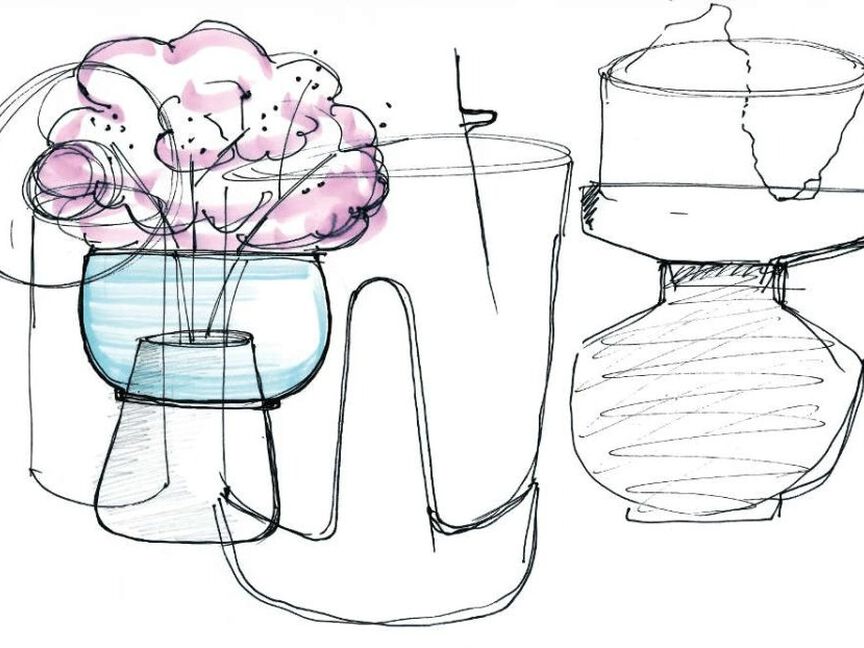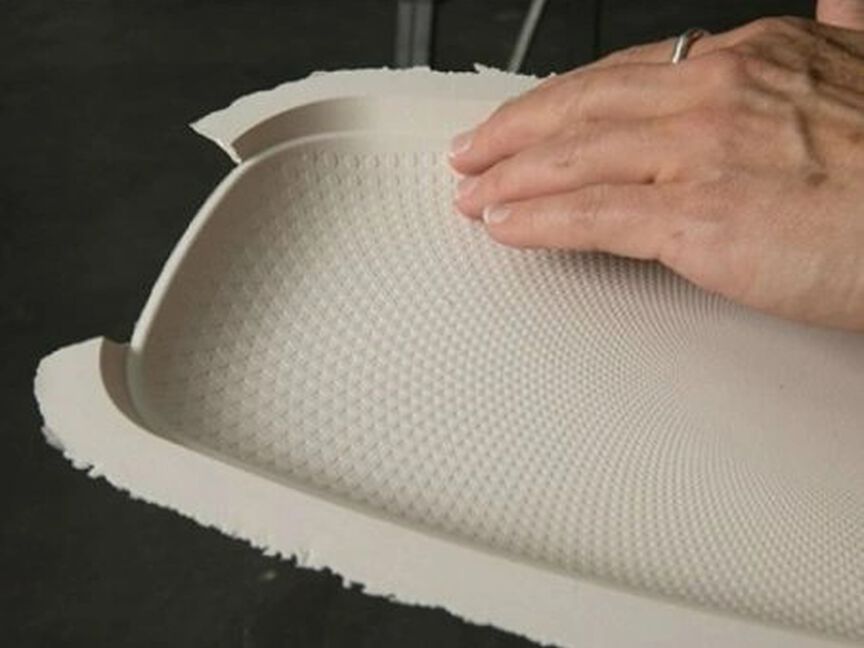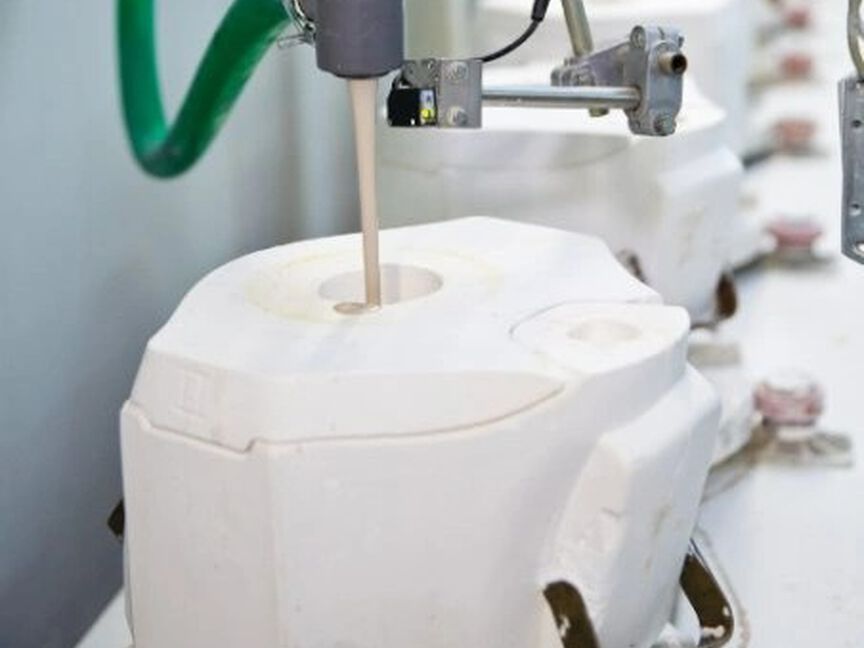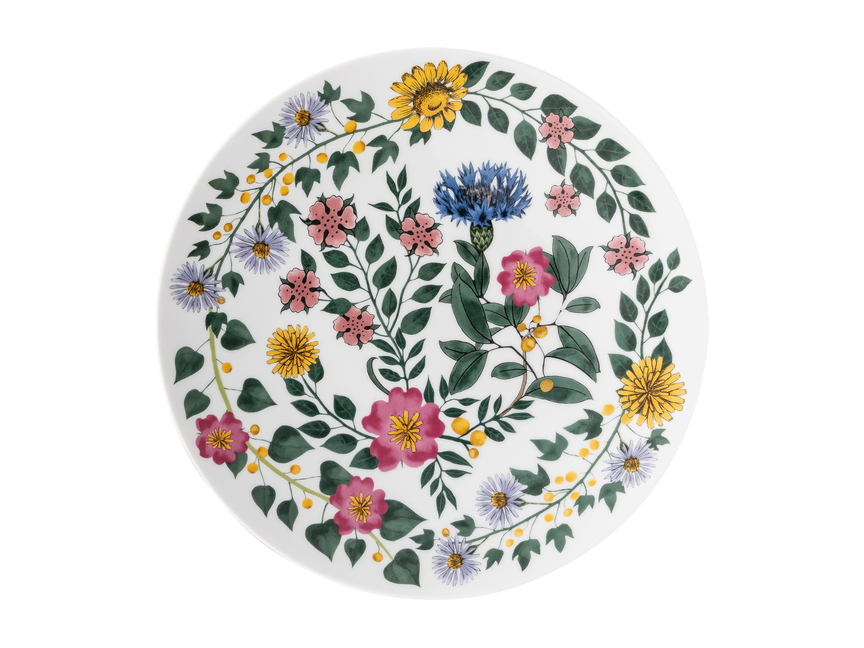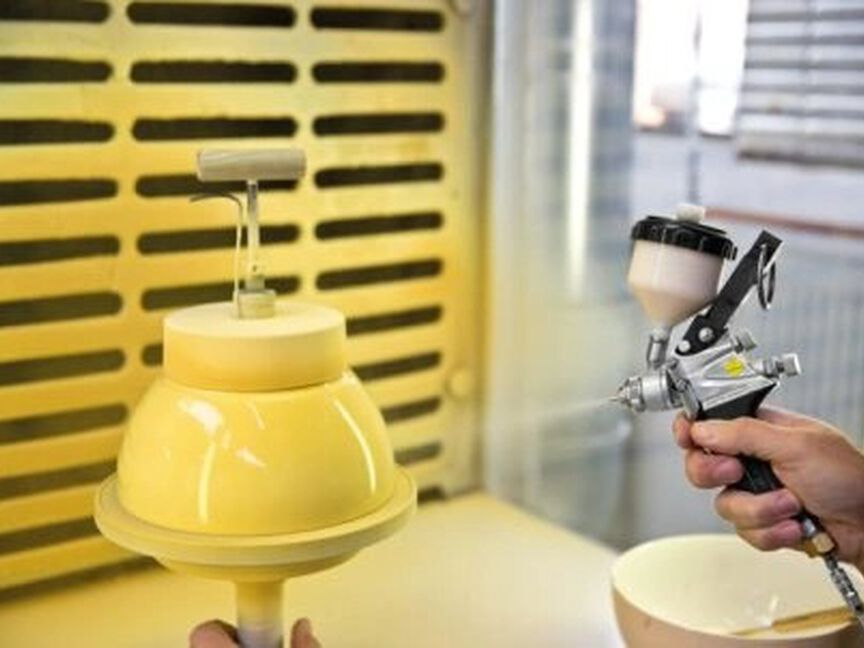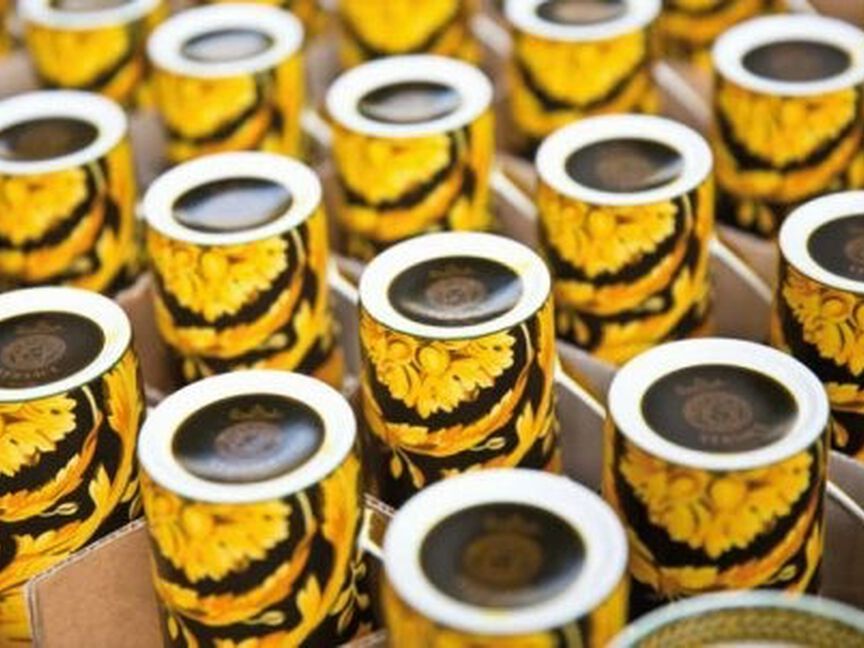-
Österreich | Deutsch
-
Austria | English
-
Belgique | Français
-
Belgium | English
-
Bulgaria | English
-
Cyprus | English
-
Croatia | English
-
Czechia | English
-
Denmark | English
-
Estonia | English
-
Finland | English
-
France | Français
-
France | English
-
Deutschland | Deutsch
-
Germany | English
-
Greece | English
-
Hungary | English
-
Ireland | English
-
Italia | Italiano
-
Italy | English
-
Latvia | English
-
Lithuania | English
-
Luxembourg | English
-
Netherlands | English
-
Poland | English
-
Portugal | English
-
Romania | English
-
Slovakia | English
-
Slovenia | English
-
Spain | English
-
Sweden | English
-
Schweiz | Deutsch
-
Suisse | Français
-
Svizzera | Italiano
-
Switzerland | English
-
United Kingdom | English
-
United States | English
-
Canada | English



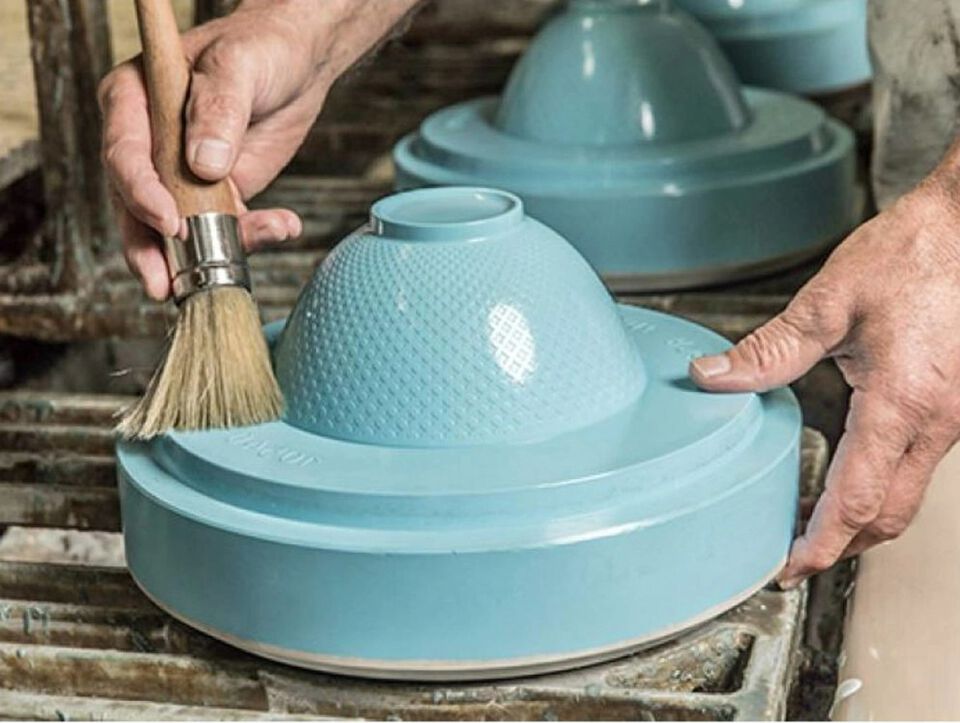
Basically, porcelain consists of three simple components, and yet the production, processing and finishing separate the simple from the special. On this page, we show you the steps our products go through, the craftsmanship required, the manufacturing methods and the processes used to decorate and finish our porcelain. You will discover that the production of white gold is not only an extremely complex and long process, but also that it still involves a great deal of craftsmanship and manual labour, despite the most modern production facilities. But above all - and this is what has distinguished our products for more than 140 years - it is thanks to the know-how, passion, attention to detail and wealth of experience of our 700 employees that each individual Rosenthal product is designed to impress with a very special formal and functional quality as well as white quality that makes your home unique.
Know-How and Passion
Our collections are manufactured in our porcelain factories "Rosenthal am Rothbühl" and "Thomas am Kulm". We have some of the most modern production facilities in the porcelain industry worldwide and, thanks to forward-looking investments, enable sustainable and resource-saving manufacturing.
But the best technology is worth nothing without skilled craftsmanship. Despite all the modernisation and automation, a large part of the manufacturing process is still done by hand: each production step - shaping, drying, firing, glazing, glaze firing, decoration and decor firing - requires special craftsmanship and technical know-how. Porcelain production is one of the industrial production processes with the highest vertical range of manufacture. And it is our passion.
700 people work at Rosenthal to create beautiful and functional products that are made with passion and attention to detail.

Rosenthal am Rothbühl factory, designed by W. Gropius

Porcelain production
Design and modelling
Rosenthal has been working for many decades together with renowned designers and artists in designing new products. A development division, which operates independently of production, known as the Creative Centre is in charge of the design evolution process from the first model through to the finished, decorated service. The Product Development Division with all its necessary workshops develops new creations for the Rosenthal, Rosenthal meets Versace, Thomas Hutschenreuther and Arzberg brands.
The work of the modellers
Modellers manually construct plaster models in close cooperation with the designers, which can be processed in every conceivable way. Round, symmetrical models are shaped from solid cylinders of plaster on the potter's wheel. Reliefs are engraved into the finished models. The modeller carves handles and spouts separately from plaster blocks. Since porcelain shrinks by approximately 12.5 % during firing and, while still hot and soft, sags somewhat through its own weight, the plaster models have to be made larger. Bulbous shapes, handles and spouts must be shaped at a steeper angle. As the degree of sagging cannot be calculated, a large amount of expertise and intuition are required.
Production
Firing
Biscuit Firing
After the raw porcelain has been pre-dried and biscuit fired at about 950 ̊C, it is no longer water soluble but still porous and water absorbent.
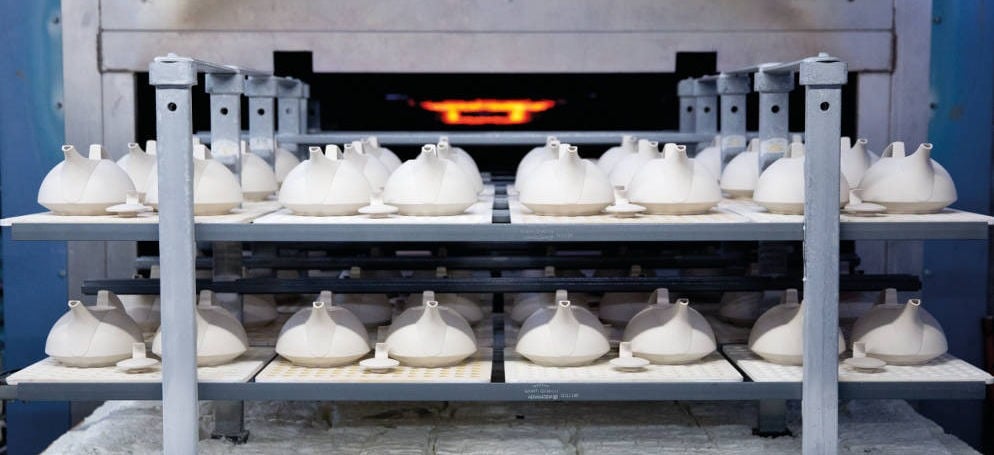
Glazing
The biscuit fired pieces are stamped with the logo of the company and then glazed. The glaze is immediately removed from the foot of the plates and the rim of the cups with wet sponges to prevent the porcelain from sticking to the base during the second firing. The glaze is a mixture of quartz, feldspar, some kaolin and a high proportion of different thinning agents. Because of its high content of quartz it produces a very hard surface when fired. With particularly delicate pieces (e.g. »Magic Flute« and Limited Edition Art), the glaze is applied using a special spraying process. The glaze melts when fired and fuses with the body before its pores close, creating an inseparable bond between the porcelain body and glaze.
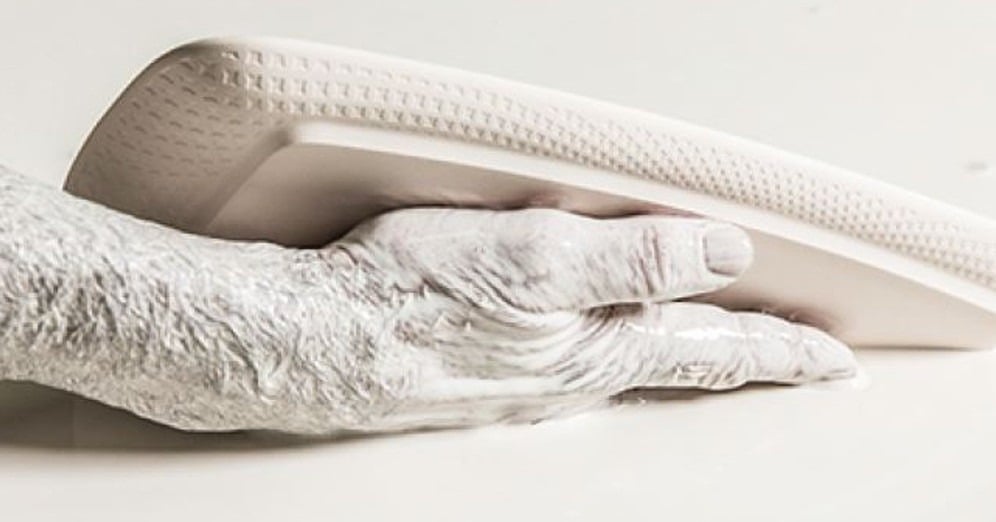
Glost firing
In the glost firing process at temperatures of up to 1400 ̊ C the paste shrinks and becomes watertight. This causes vitrification, turning the substance into a hard, delicate, translucent porcelain. This process effects a chemical change in the porcelain item and also changes its contours. After glost firing, the porcelain is 12.5 % smaller (shrinkage) than when it was moulded. Even glost firing is done using a burn-off method nowadays in modern fast fire kilns or roller kilns.
Porcelain types
Processing and sorting
Decorating and finishing
Interesting facts
Aside from hand painting, there is a wide range of high-quality decorative methods available today. Artists' designs are scanned into a computer and reworked by an elaborate software programme in order to make them fit onto each piece of a dinnerware service so that they can then be transferred onto the three-dimensional shape. The character of the artist's signature is fully preserved. After this process, the designs are printed onto specially prepared paper spread with a layer of glue. This makes it easier to lift the colour decorations off the paper and onto the porcelain. The colours are applied onto the paper using the screen-printing method. Very finely meshed metal screens allow the colour to permeate only in desired areas. Each colour is printed separately, which means that a new screen has to be prepared each time. The different colours are printed one after the other and aligned exactly. Screen-printing allows a strong application of colour, which after firing produces a rich glow of colour. After printing, the transfer sheet is coated with a layer of lacquer. In order to decorate a porcelain piece, the decal is soaked in water to dissolve the layer of glue. The flimsy and wet colour film is then carefully applied to the porcelain.
Decoration firing
High temperature decoration firing
High temperature decorations are either transfer-printed, hand painted or sprayed onto the finished porcelain. With in glaze decoration firing, in contrast to under glaze firing, considerably more shades of colour as well as gold and platinum can be melted into the glaze. In only 90 minutes, the porcelain is heated to 1230 ̊ C so that the decoration sinks into the liquefied glaze, which protects it at the same time. Gold decorations are also polished to a high gloss after decoration firing using fibreglass brushes. High temperature decorations remain unaffected by outside influences and are dishwasher safe.
On glaze decoration firing
On glaze decorations are also applied to the finished porcelain using transfers, spraying techniques or hand painting and are fired at temperatures of around 850 to 950 ̊ C.

Care tips
Although porcelain is an exquisite material, it has great design versatility and can be used for a variety of applications. White porcelain with no decorations is always suitable for cleaning in the dishwasher. Porcelain with decorations is only dishwasher safe if the decoration is melted into the glaze (in glaze/under glaze), where the glaze absorbs the decoration. Its colours and luminescence then become indestructible as well as scratch- and rub-resistant.
To ensure that you continue to enjoy your porcelain over the long term, we recommend the following care tips:
-Check whether your porcelain is dishwasher suitable.
-Read the recommendations of your dishwasher manufacturer on handling, cleaning and maintaining your appliance.
-Stack items in the dishwasher in such a way that the porcelain does not touch or rub against other items during the cleaning cycle.
-Always clean black porcelain by hand.
 .Dishwasher safe
.Dishwasher safe
The product can be placed into the dishwasher without reservation.
 .Dishwasher suitable
.Dishwasher suitable
The colours of this pattern are fired onto the glaze at (at least) 840° C. The resistant colours used achieve a strong bond with the glaze. The product can be cleaned in the dishwasher using the delicates cycle at a temperature of 55°C. Do pay attention to the guidelines of dishwasher and detergent manufacturers on the suitability of their products.
 .Precious decoration
.Precious decoration
This product must always be cleaned by hand. Use of precious colours and artistic decorations means that the item cannot be cleaned in the dishwasher.
 .Microwave suitable
.Microwave suitable
The product can be placed into the microwave without reservation.
